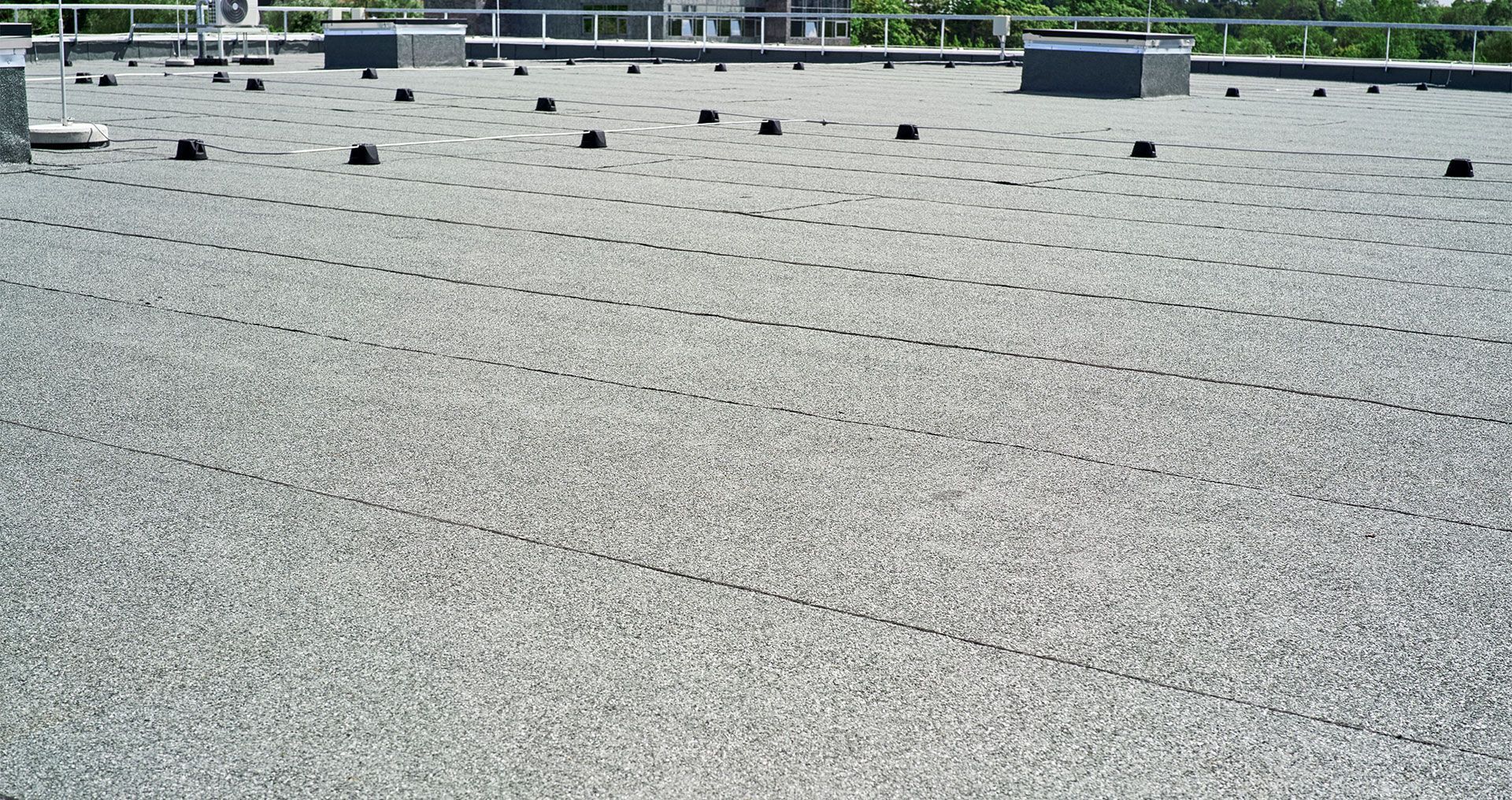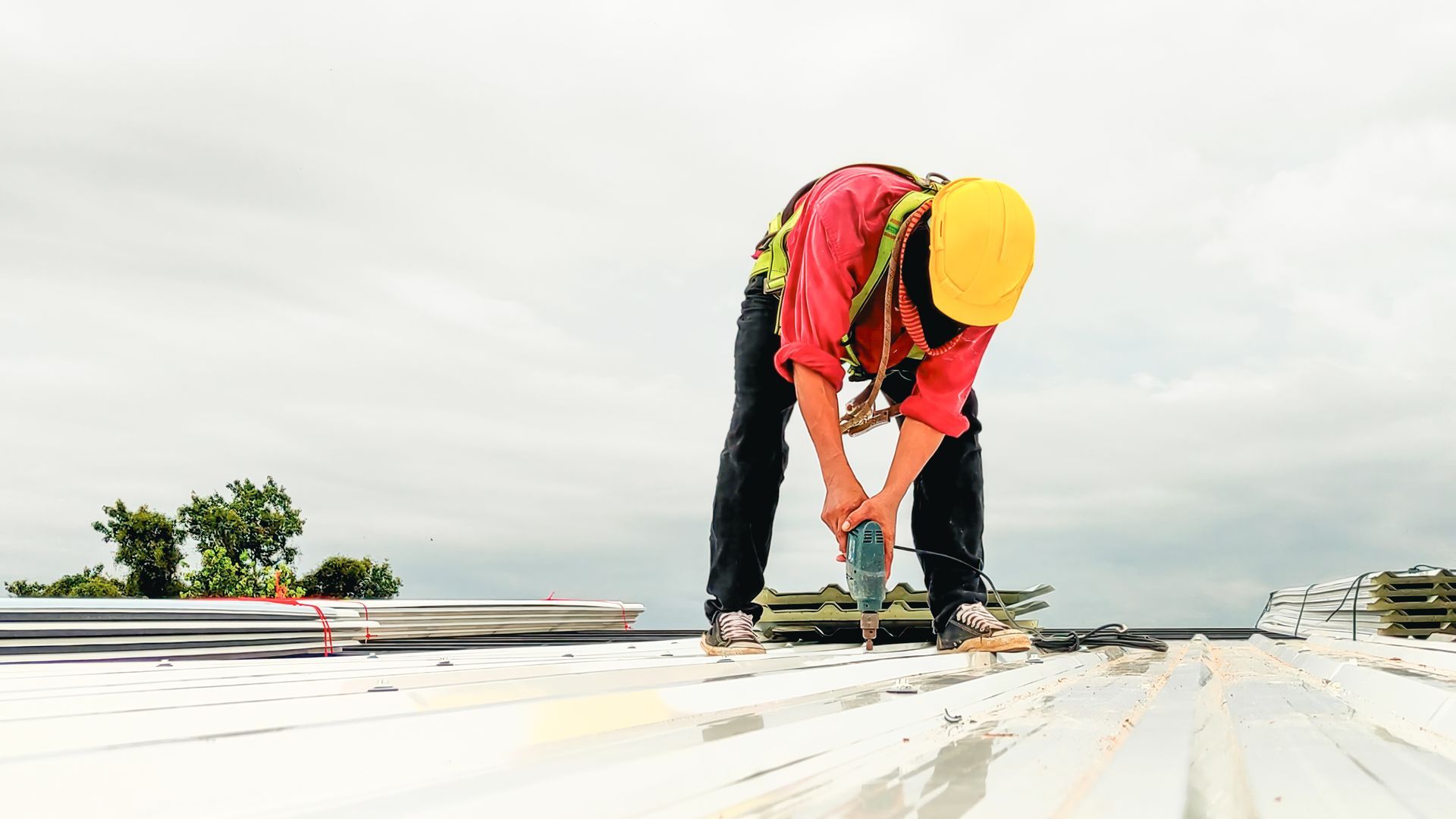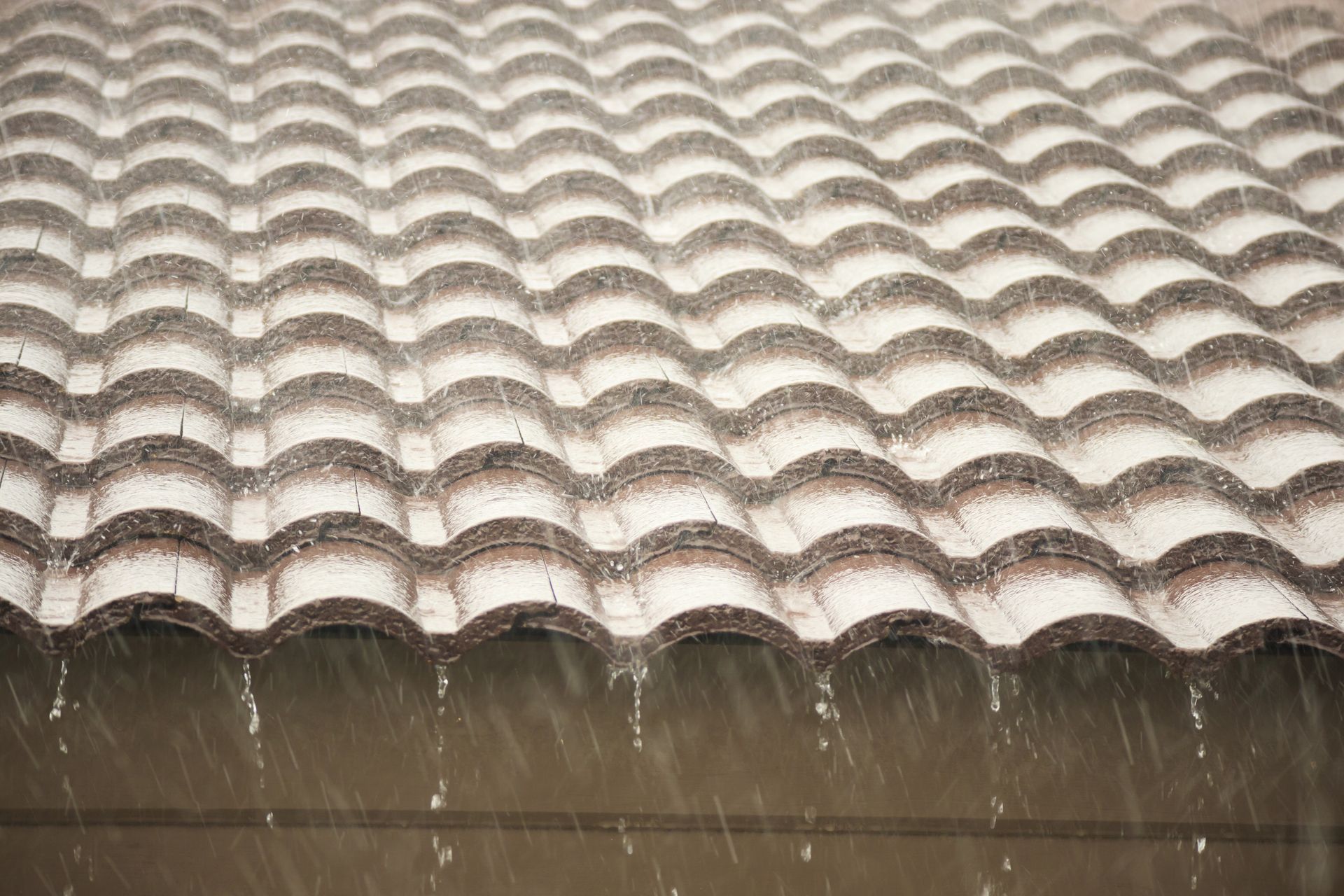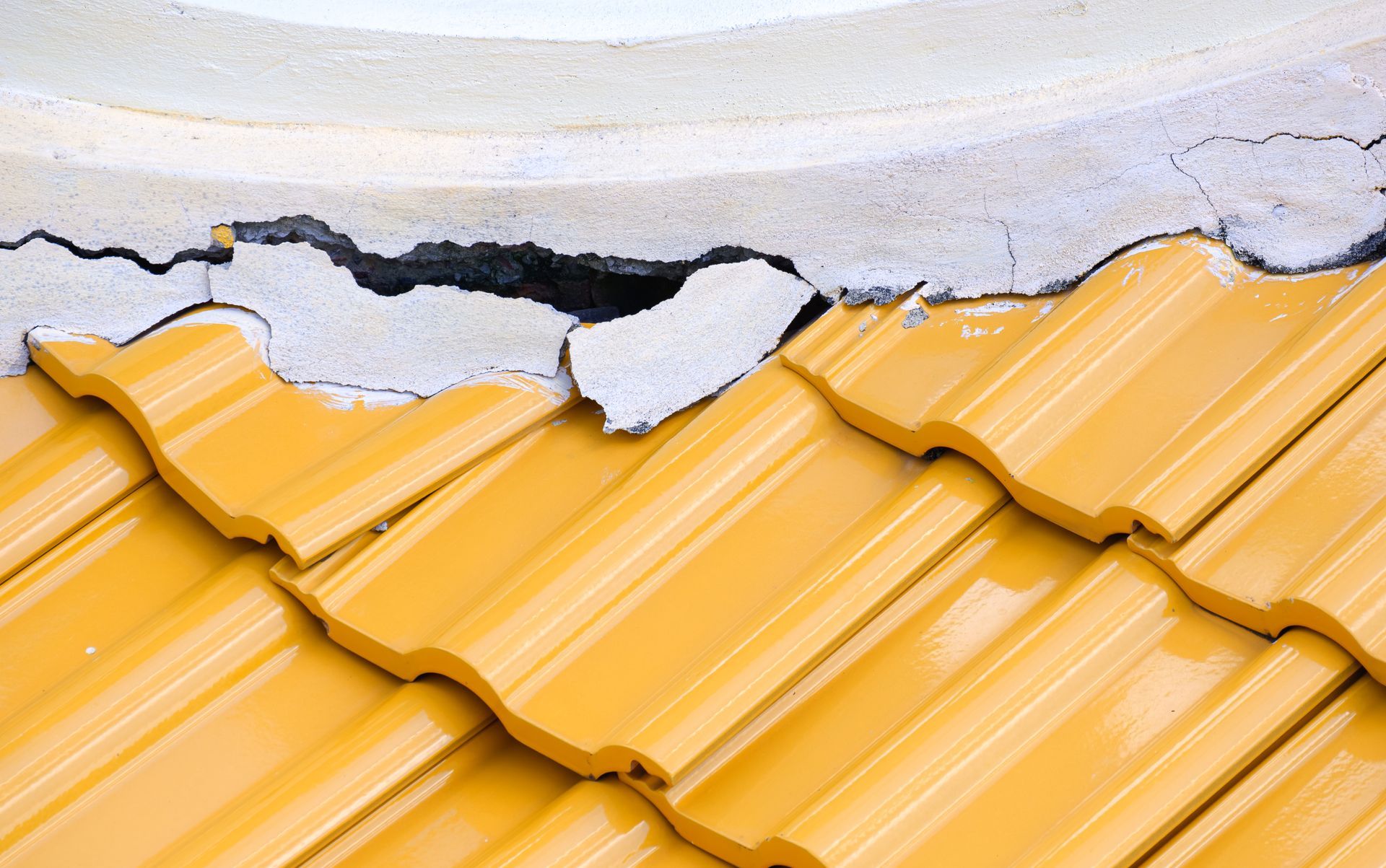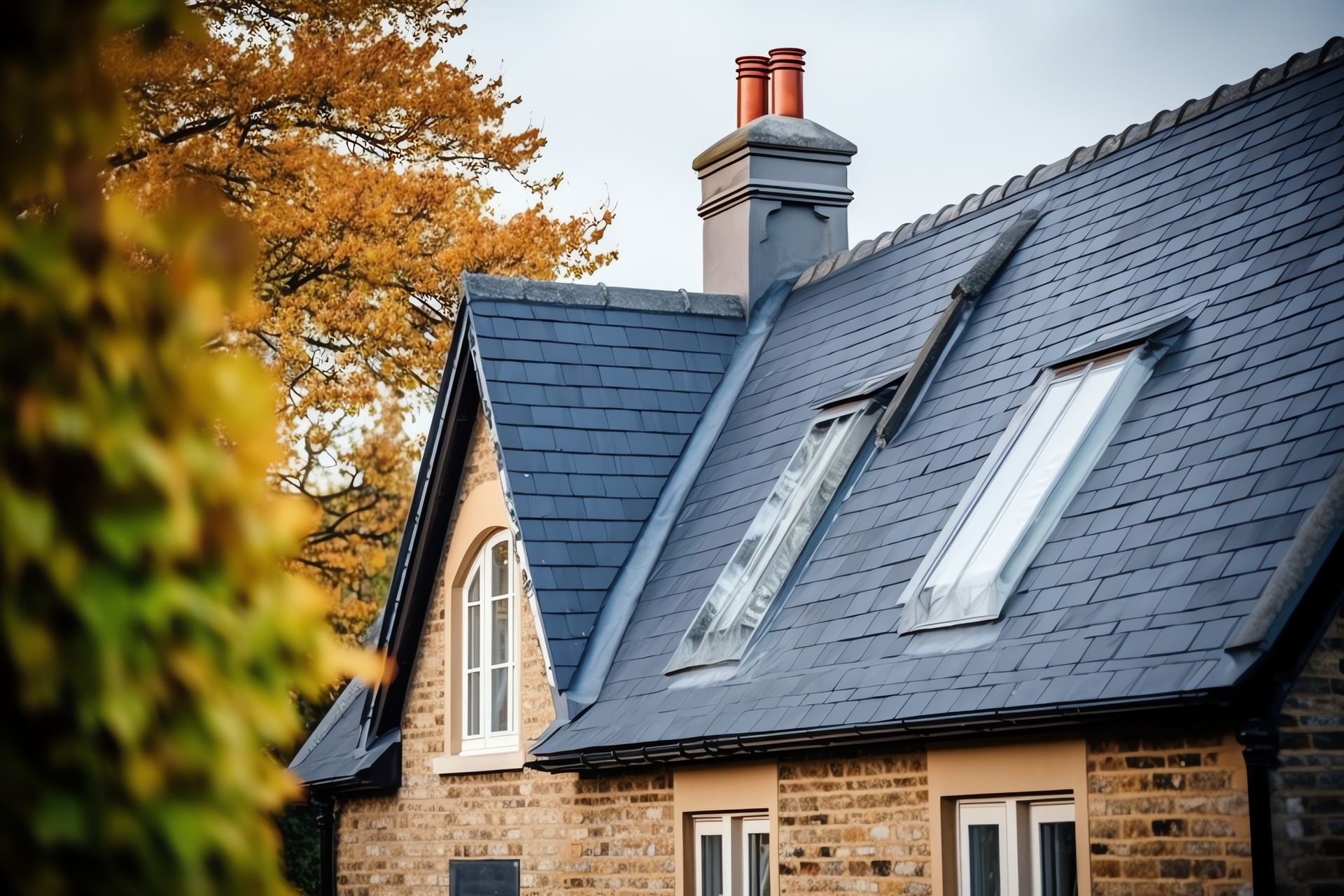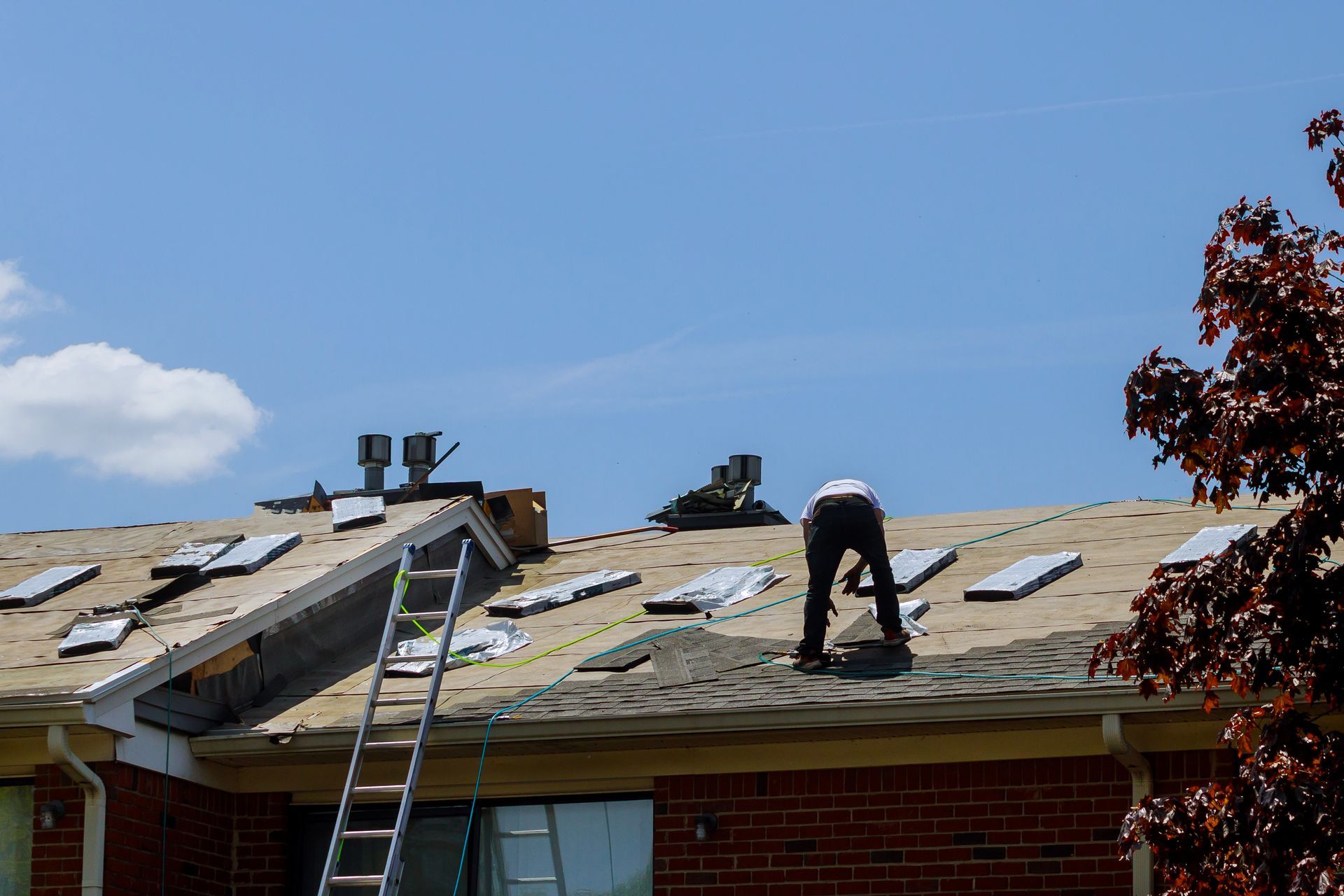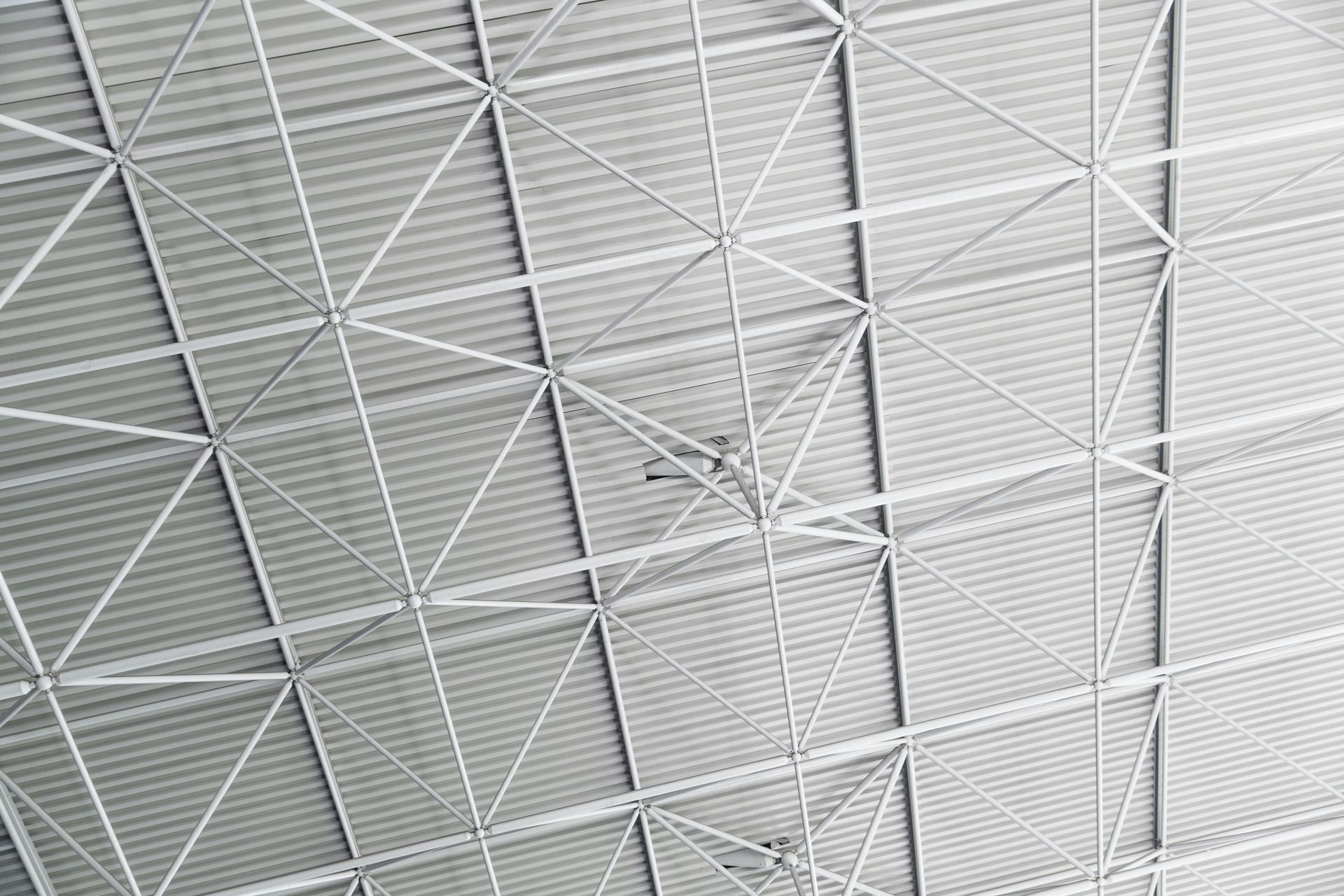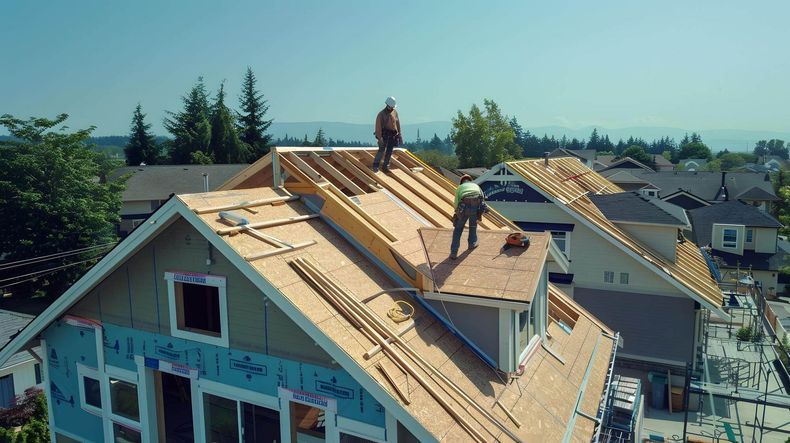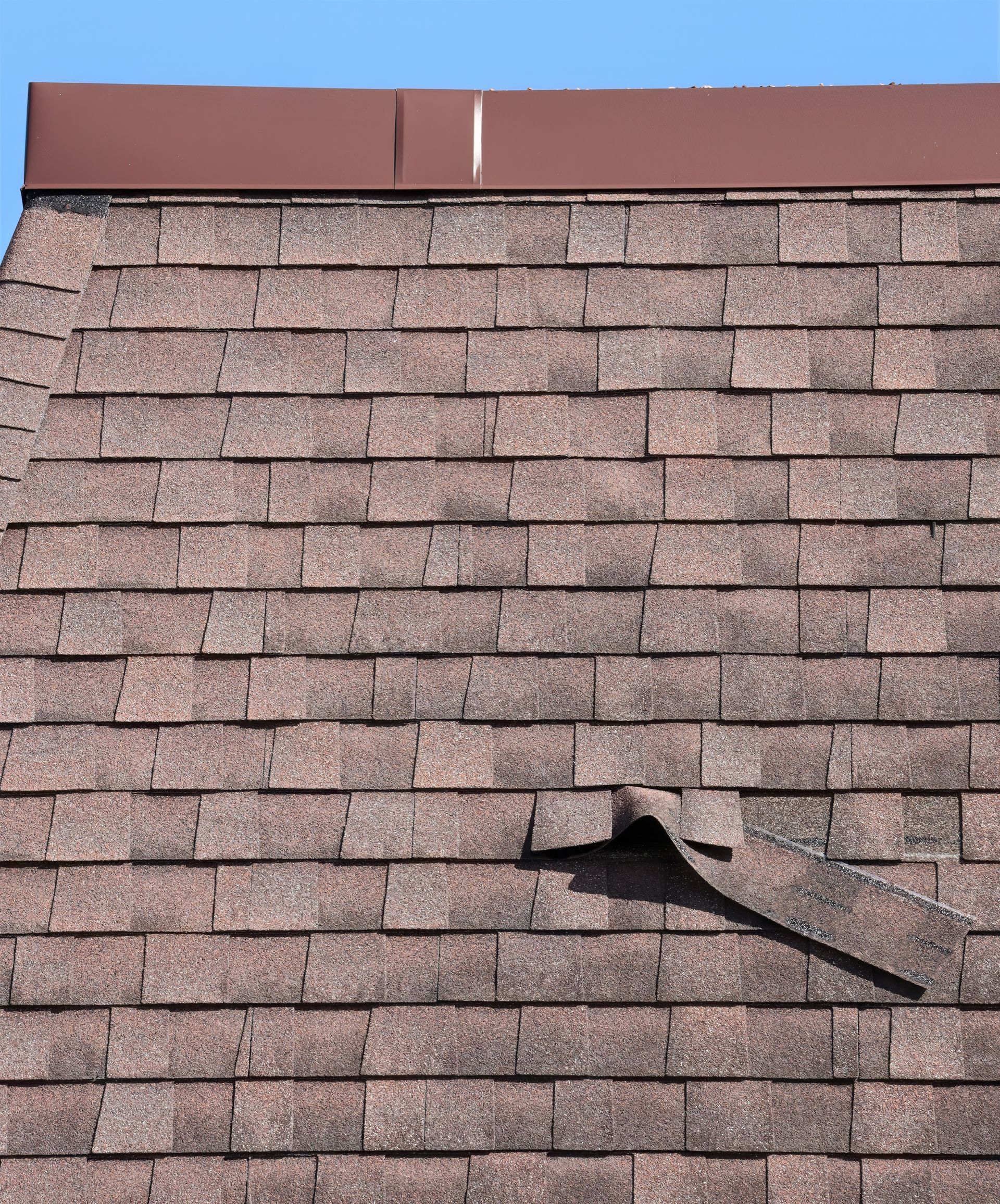How Insulation Can Help You Save on Energy Bills
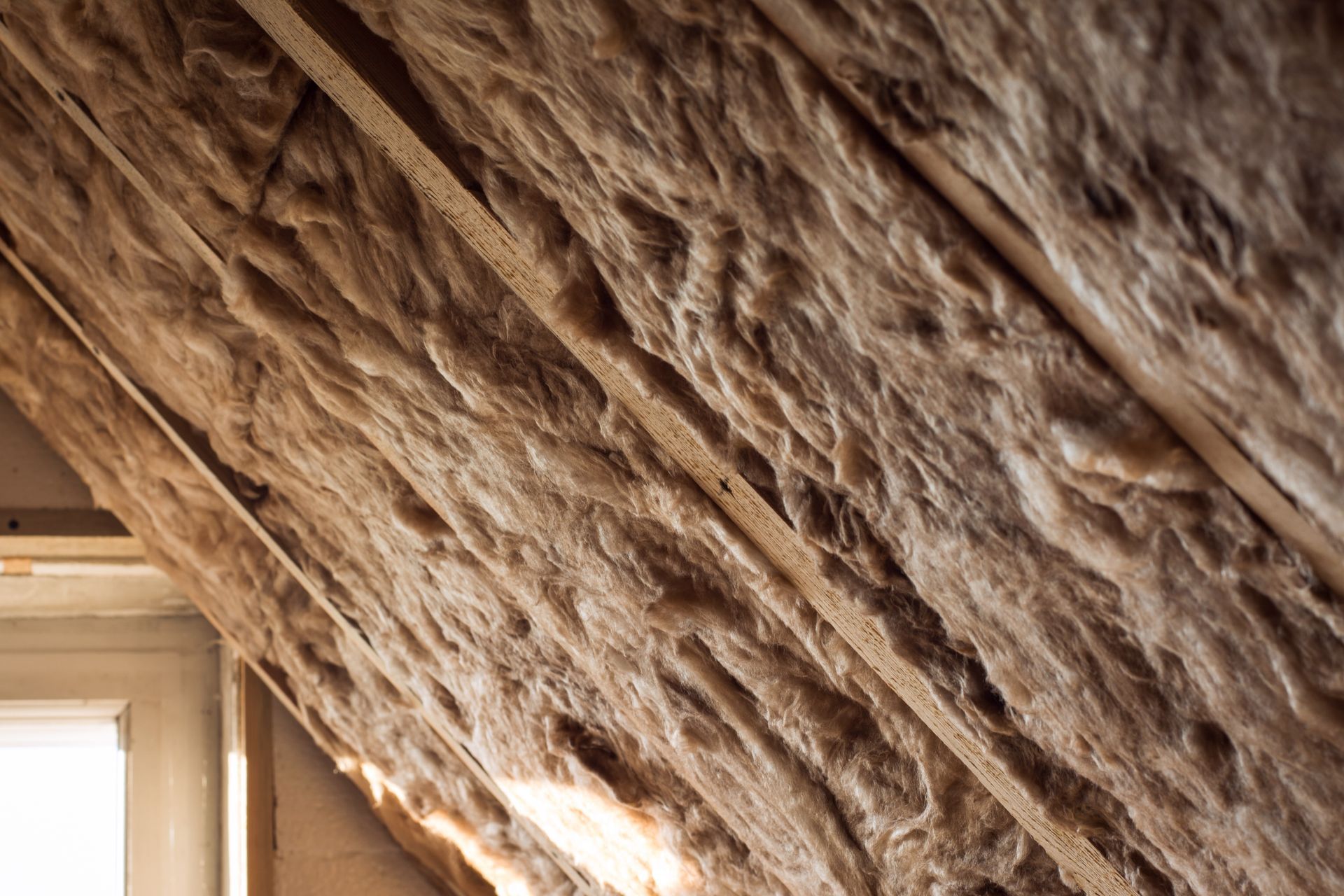
Understanding the Real Cost of Poor Insulation
When it comes to keeping your home cozy in the winter and cool in the summer, your insulation is the real MVP. While we’re all about finding quick ways to save on energy costs, it’s the quality of your insulation that can make or break your monthly utility bills. Think of it this way: if your home’s insulation is lacking, it’s a bit like wearing a light sweater in a snowstorm—you’re going to need a lot more help to stay warm. So, how does insulation really save you money on energy bills? Let's dive in.
The Science Behind Insulation: How It Keeps Your Home Comfortable Year-Round
Insulation is one of those home essentials that works invisibly to keep you comfortable. But how does it actually work? In a nutshell, insulation slows down heat transfer. Heat transfer happens in three main ways: conduction (direct contact), convection (through the air), and radiation (waves). Insulation helps reduce these transfers, keeping warm air inside in the winter and out in the summer.
- Conduction: Insulation prevents heat from moving directly through solid surfaces like walls.
- Convection: It slows down the flow of air within your home, minimizing drafts and retaining warmth.
- Radiation: Reflective insulation bounces heat away from your home in the summer and keeps it inside during the winter.
In winter, your heating system won’t need to work overtime because insulation keeps the warmth from escaping. In summer, insulation prevents heat from creeping into your living space, reducing the burden on your air conditioning. These benefits make a big difference over time, especially as energy prices rise.
Why Insulation is the Secret to Lower Utility Bills
If you've ever been shocked by a high utility bill, poor insulation could be the culprit. The U.S. Department of Energy estimates that homeowners can save up to 20% on heating and cooling costs by properly insulating and sealing their homes. Here’s a closer look at how insulation saves you money:
- Reduces HVAC Workload: When your home holds its temperature better, your HVAC system doesn’t have to work as hard, which means less energy use.
- Prevents Heat Loss and Gain: By minimizing how much heat escapes or enters, you cut down on how much heating or cooling is needed.
- Protects Against Price Fluctuations: With reduced energy needs, you’re less affected by seasonal price hikes in fuel or electricity.
Over time, the savings on your energy bill can actually pay for the insulation installation itself. Now, that’s what we call a win-win.
The Different Types of Insulation and Which Is Right for Your Home
Not all insulation is created equal, and choosing the right type for your home can boost your savings. Here’s a breakdown of the main insulation types and where they work best:
- Fiberglass Batt Insulation: One of the most common options, fiberglass batts work great in walls, floors, and ceilings. They’re also budget-friendly.
- Spray Foam Insulation: Known for its impressive coverage, spray foam is ideal for attics and crawl spaces, sealing gaps and preventing air leakage.
- Blown-In Insulation: Often made from recycled materials, blown-in insulation is perfect for hard-to-reach areas like attic floors or wall cavities.
- Rigid Foam Boards: These are effective in exterior walls or around foundations and provide high insulating power for a slimmer profile.
- Reflective or Radiant Barrier Insulation: Primarily used in hot climates, this type reflects heat away from the home and is usually installed in attics.
Each type has its pros and cons, so consulting a professional can help you decide which type of insulation will deliver the biggest savings for your home.
How Much Does Insulation Impact the Environment?
If you’re concerned about sustainability, good news: insulation doesn’t just save you money; it’s eco-friendly too! Here’s how insulation benefits the environment:
- Reduces Greenhouse Gas Emissions: Lower energy consumption means fewer emissions from power plants, especially if your energy source relies on fossil fuels.
- Less Resource Consumption: By needing less heating and cooling, you’re also helping reduce overall energy production demands.
- Sustainable Insulation Options: Many insulation materials, like cellulose or recycled denim, are made from eco-friendly resources.
By lowering your energy usage, you’re doing a small part to help the planet. When you consider how much energy goes into keeping homes comfortable year-round, improving insulation can have a big cumulative impact.
Signs Your Home May Need New Insulation
Not sure if your home’s insulation is up to par? Here are a few telltale signs that it may be time to upgrade:
- Uneven Temperatures: If certain rooms are colder or warmer than others, poor insulation could be to blame.
- Higher-Than-Normal Energy Bills: A sudden spike in your energy bill can mean that your HVAC system is working overtime.
- Drafty Areas or Cold Floors: Drafts near doors, windows, or floors are usually a sign that air is leaking.
- Pest Issues in the Attic or Crawl Spaces: If you’ve got critters cozying up in your attic, they may have damaged the insulation.
Addressing insulation issues can stop these problems and keep your home consistently comfortable.
Save Energy, Save Money: What Are the Costs and Savings?
Insulating your home is an investment that pays off over time, but what kind of return can you expect? Here’s a quick breakdown:
- Upfront Cost: The cost depends on factors like the type of insulation, size of your home, and areas that need insulation. For example, spray foam might cost more initially but offers high efficiency.
- Annual Savings: Well-insulated homes often see up to 20% savings on heating and cooling, which could translate into hundreds of dollars annually.
- Return on Investment: Insulation typically pays for itself within a few years through energy savings, and it can increase the resale value of your home.
For most homeowners, the initial cost is well worth the long-term savings, making insulation one of the best home improvements to increase energy efficiency.
Contact Jordan Roofing, Inc. for Professional Insulation Services in Holt, MI
Ready to start saving on your energy bills? At Jordan Roofing, Inc., we provide top-notch insulation services to ensure your home is as energy-efficient and comfortable as possible. Our expert team will help you choose the right insulation type for your needs, and we handle the installation with precision and care. You’ll experience the difference in your energy bills—and comfort levels—in no time.
We also offer a full range of services, including
commercial
and
residential
roofing,
roofing repairs,
flat roofing, and
shingle roofing. Give us a call at
(517) 694-1999 to schedule your consultation for insulation or any of our other services in Holt, MI, and surrounding areas. Start making your home more energy-efficient today!
FAQs
How often should I replace my insulation?
Most insulation lasts 15-20 years, but wear and tear, moisture issues, or pest problems may mean it needs replacing sooner.
Can insulation reduce noise in my home?
Yes! Insulation acts as a sound barrier, helping to reduce noise between rooms and from outside.
How do I know if my home is under-insulated?
If you notice drafts, uneven room temperatures, or rising energy bills, your home may need better insulation.
Is insulation installation a DIY job?
While some types of insulation can be DIY-friendly, professional installation ensures better coverage and energy efficiency.
Does insulation qualify for tax credits?
Yes, certain insulation upgrades may qualify for federal tax credits or local energy rebates.
